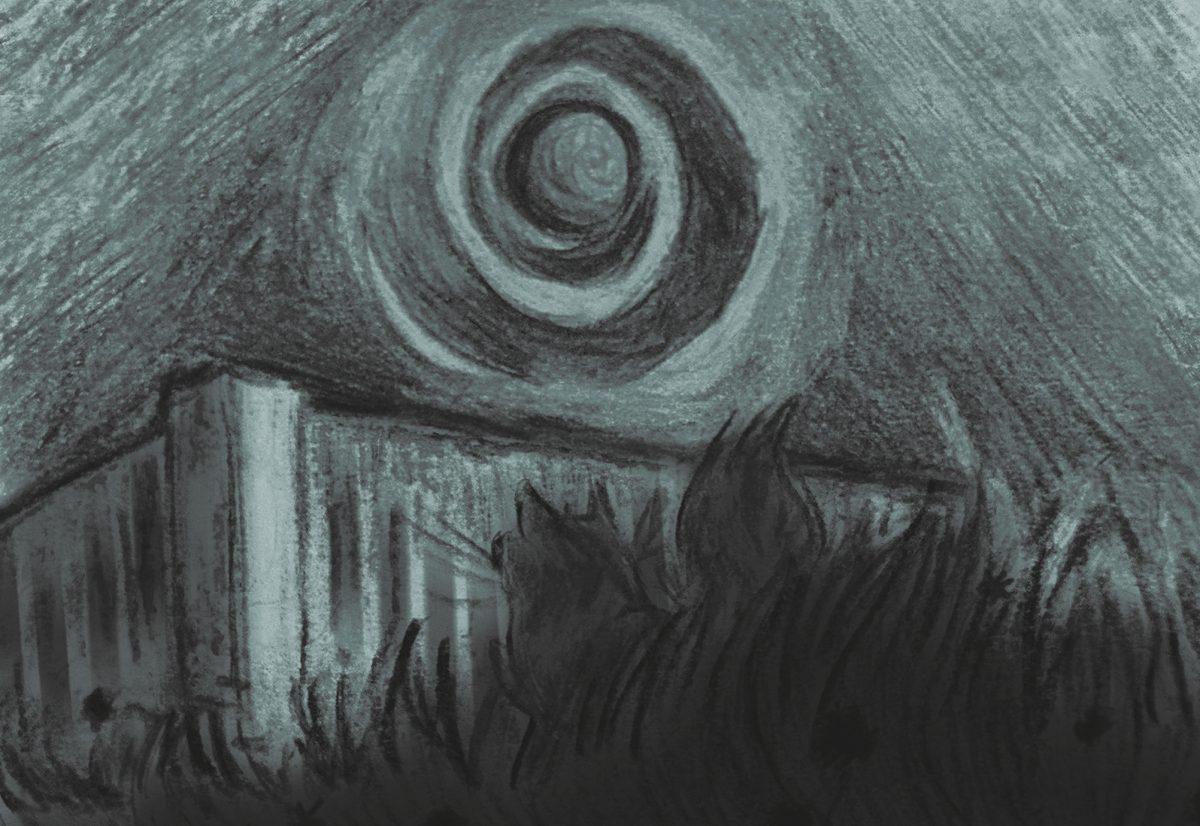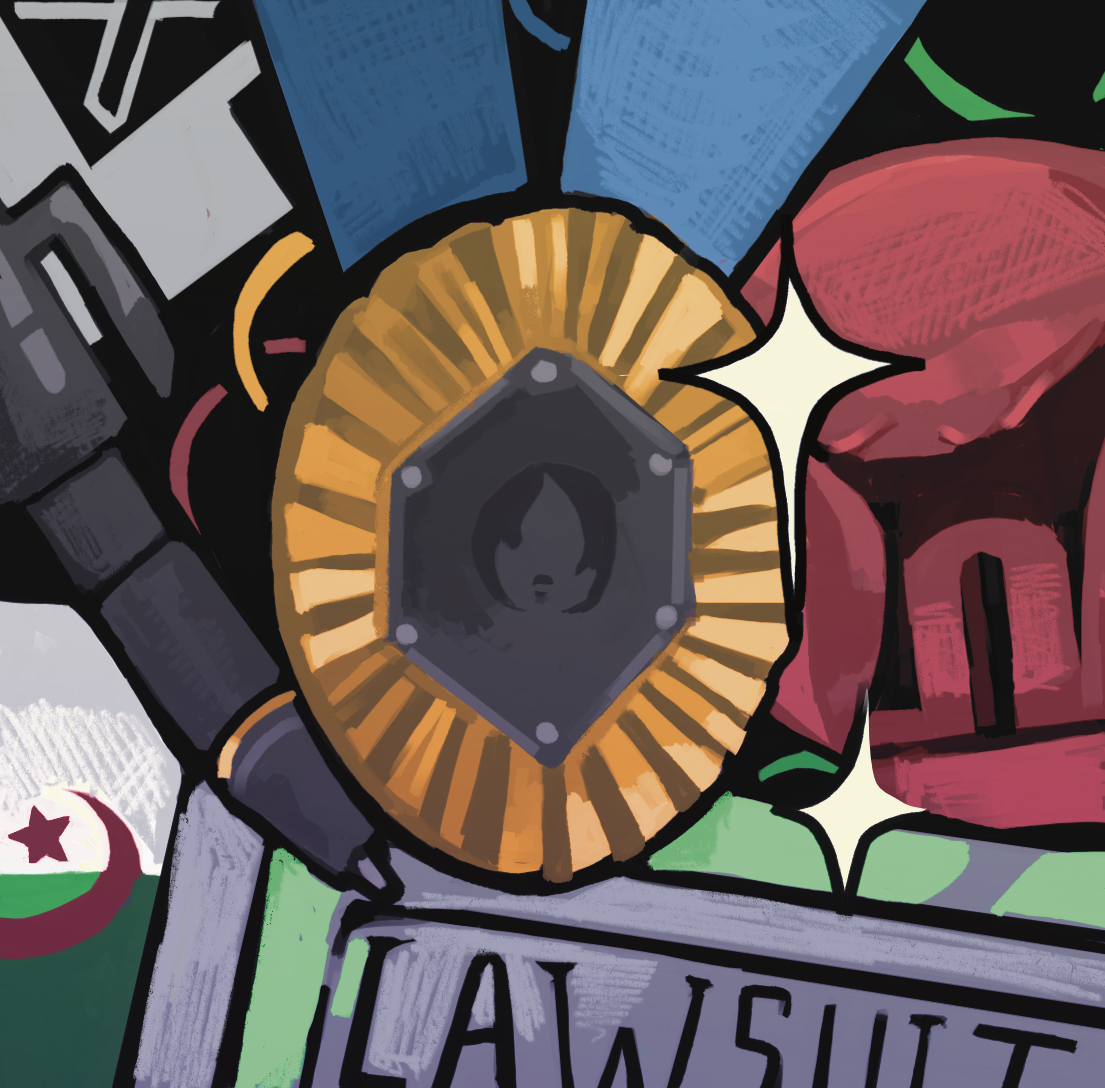In the last decade, UTD has made great strides in making the campus more sustainable, but there is still work to be done to make life better for both students and the local environment, such as by allowing lower-impact pesticides, introducing and revitalizing more green spaces and encouraging native and adapted plants.
According to both the UTD Development Plan and Sustainability Coordinator Gary Cocke, only the least toxic pesticides should be used, and even then, only in specific circumstances. However, the Development Plan, which is the school’s long-term roadmap, allows the use of several relatively toxic pesticides. Many of these pesticides are dangerous to beneficial insects and fish, even if they are safe for humans. Meanwhile, lower risk methods such as diatomaceous earth, neem oil, iron phosphate and others are excluded from use. The guidelines that govern chemical use should permit the use of the best, least toxic solution.
Parking lots aren’t as exciting an issue as pesticides, but they are a part of UTD’s environment and the everyday experience of students. Campus is home to a lot of ground level, uncovered lots. These lots are not aesthetically pleasing, contribute to the urban heat island and make the walk to and from your car unbearably hot during the summer. The term “urban heat island” describes a city that is much warmer than the surrounding area, typically due to large amounts of exposed concrete and asphalt. According to a 2017 study conducted by the Texas Trees Foundation, areas of Dallas can heat up to 11 degrees higher than the surrounding countryside, on average. Interspacing canopy trees in these lots would greatly help with the summer temperatures, both because of the shade and the reduction in urban heating.
Other areas that could use more trees and vegetation are the two creeks that flow through campus. UTD is home to two branches of Cottonwood Creek, which flow into White Rock Lake. Both branches could use revitalization to promote the local ecosystem and help drainage. Canyon Creek, on the western portion of campus, flows through concrete channels, and the northern portion of Cottonwood Creek, on the eastern side of campus, does the same. Restoring these streams by entirely removing concrete channels and buried pipes and encouraging plant growth would enlarge habitats for wild animals, create more green space for students and reduce the possibility of flooding. While these issues have been mentioned in UTD development meetings as recently as May, they haven’t been a priority for the administration. Revitalization should be an immediate priority and more should be done to optimize the area for animal, plant and human habitation.
Native plants shouldn’t just be confined to these two creeks. They should also replace much of the turf grass that pervades campus. Turf grass might be beneficial in the sense that it slows erosion and looks nice, but it isn’t able to survive for long or look aesthetically pleasing without consistent fertilization and maintenance. UTD already has set aside large swaths for native grasses along Armstrong Boulevard and across Floyd Road in recent years, but there are still many large areas of turf grass that could be replaced. Although St. Augustine and Bermuda grasses are somewhat drought tolerant, they still require regular watering, fertilizing and mowing to maintain their appearance. Meanwhile native grasses, although tall, require little to no extra watering, fertilizing or cutting. For large areas that aren’t going to be used for recreation, it makes sense to choose a low maintenance grass that will not only save the university money, but also serve as a home for native insects and animals.
The initial replacement of these grasses doesn’t cost much, either. Letting turf grasses die by not watering or fertilizing and then replacing with them native seed can cost less than $100 per acre. There are even incentive programs administered by the Texas Parks and Wildlife Department and the Department of Agriculture which can bring those costs down even further. Planting turf grass from seed can cost around $500 per acre in seed alone.
Facility Management’s guidelines already encourage the planting of native and adapted plants, but the practice isn’t mandatory. It is a reasonable constraint to mandate that all new landscaping be from one of those two categories. Mimicking the natural environment of North Texas will save on resources while also enlarging the natural habitat for local insects, fish, animals and birds.
Opening up the option for lower impact pesticides, creating and revitalizing green spaces and replacing grasses are all relatively low-cost endeavors that can yield large, and visible, results. Switching pesticides has little to no price difference, and replacing grasses with natives has little costs and saves on fertilizer and water long term. The largest cost is in revitalizing creeks, which would require the purchase of saplings and the deconstruction of concrete channels. UTD has previously shown its commitment to sustainability and it should continue to do so by taking responsibility for its local environment. Students should express their support for further campus greening to the school. Without that communication, the administration will not know what current or prospective students want from their campus.











